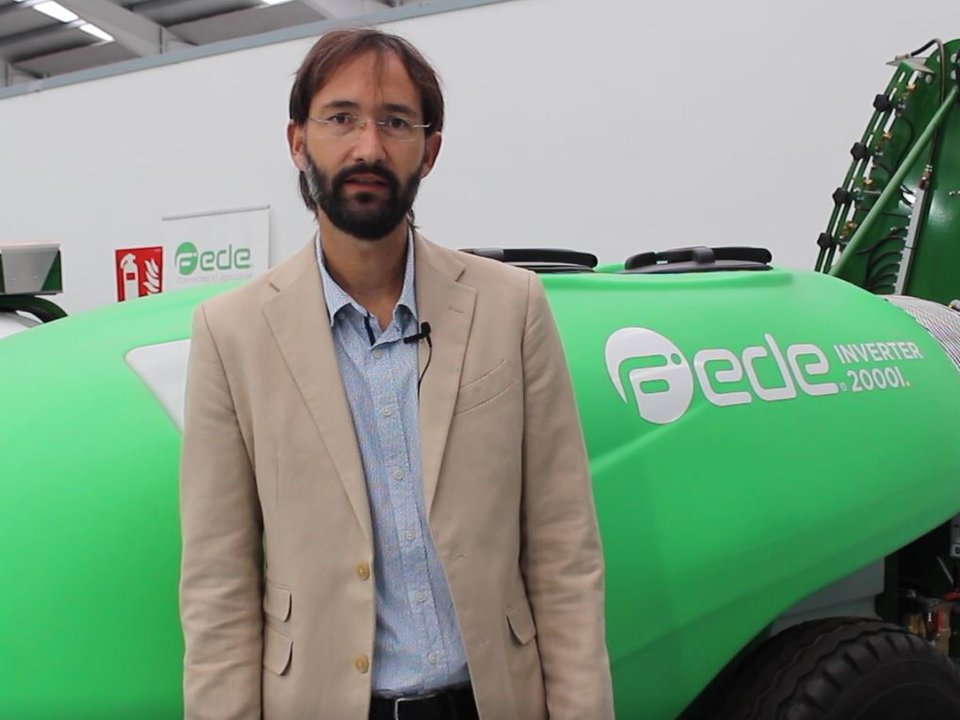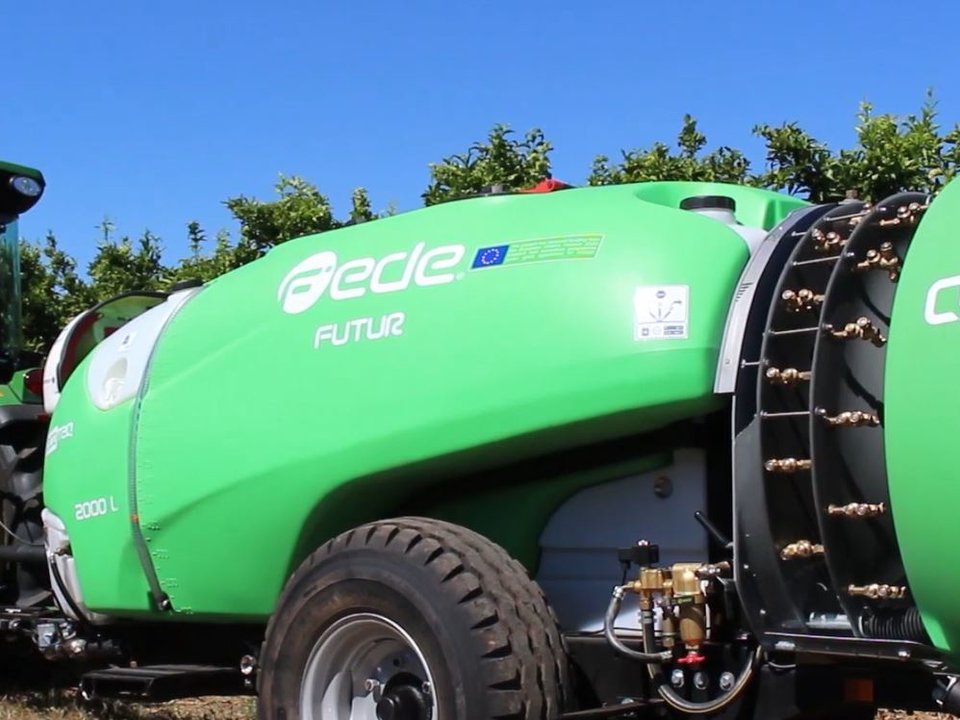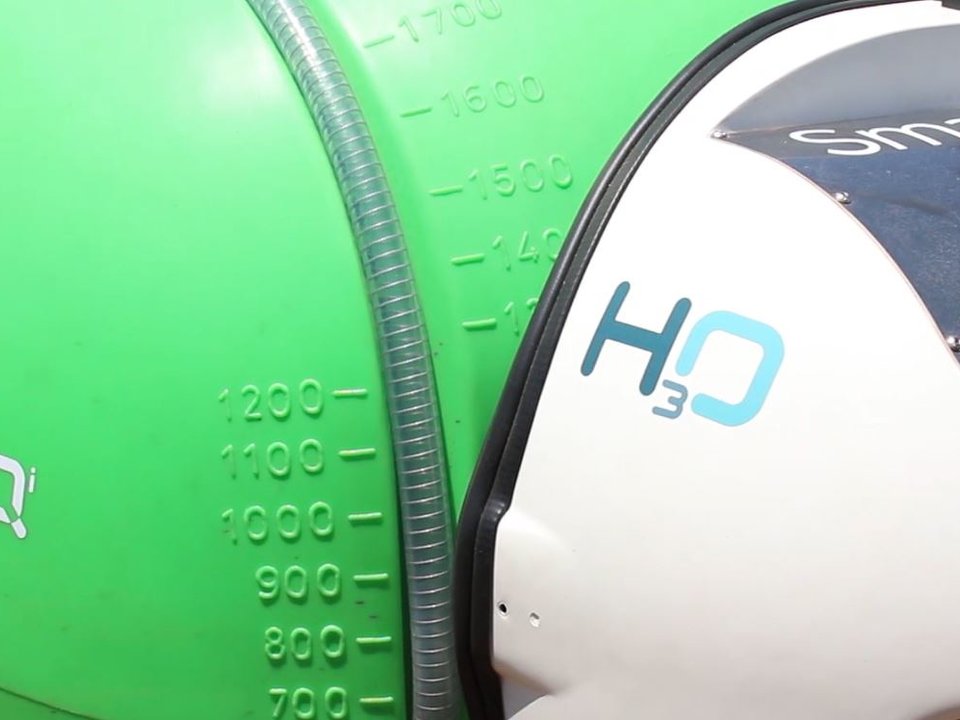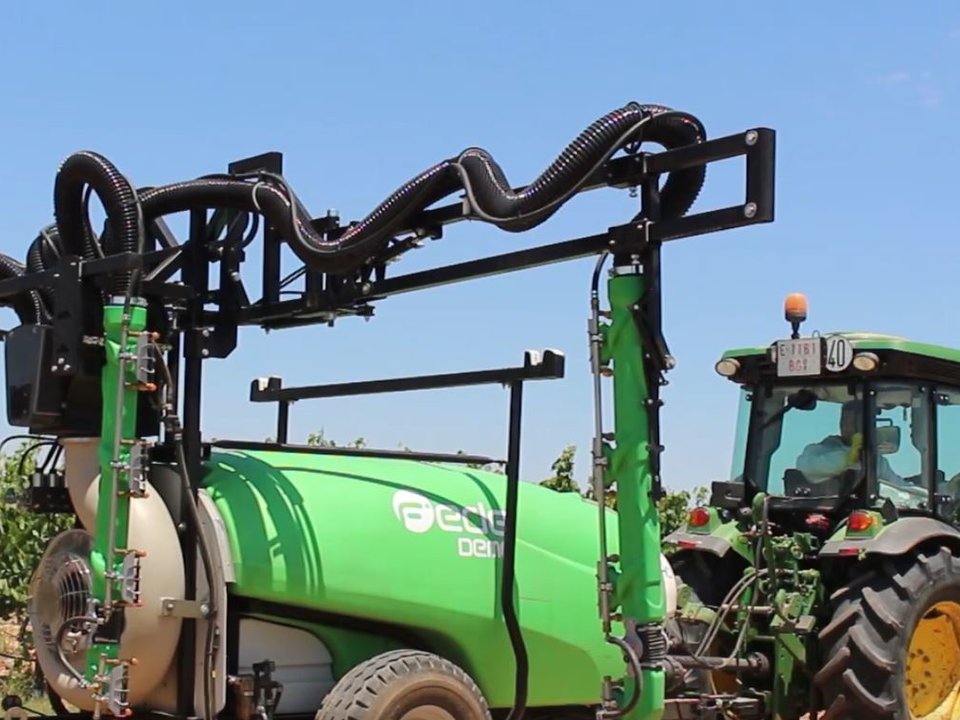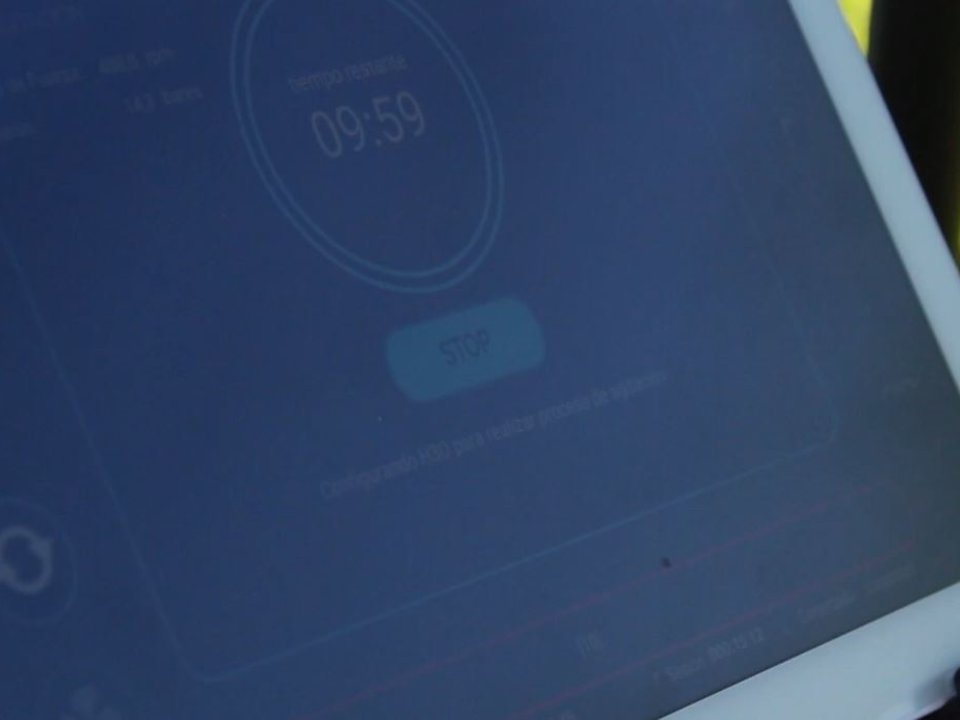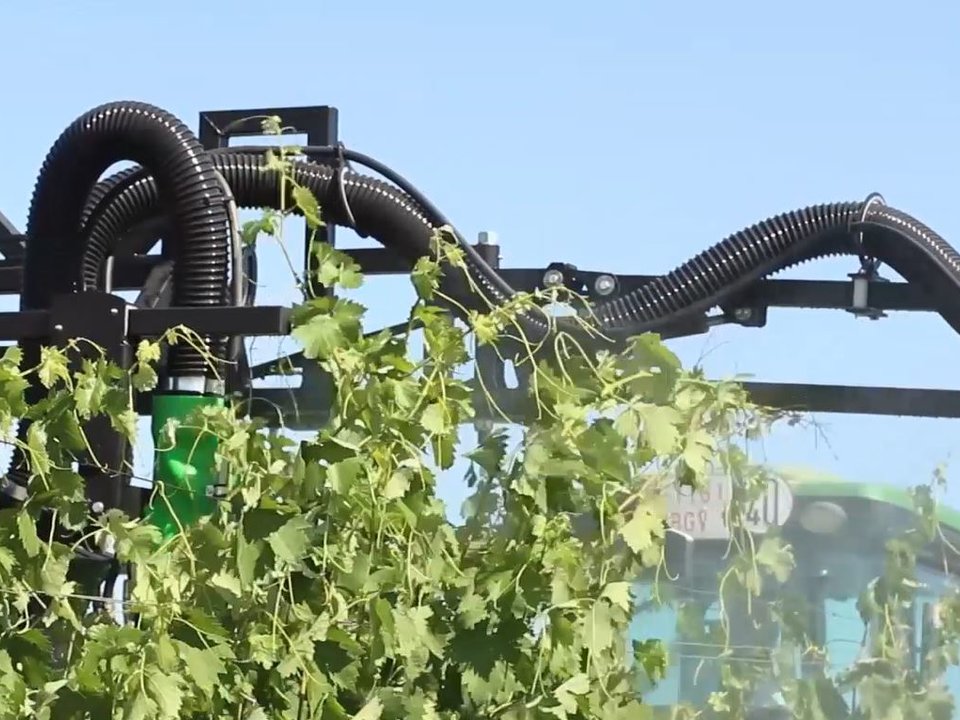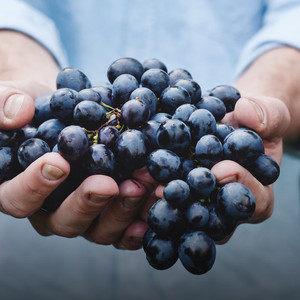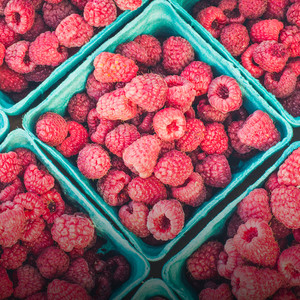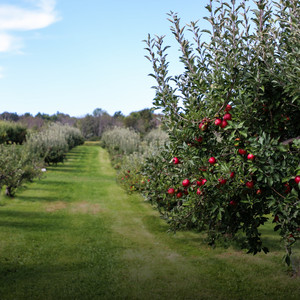Introduction
Crops are susceptible to pest and disease outbreaks that can causer over 20% yield loss if not treated. Unfortunately, conventional farming still frequently relies on numerous synthetic pesticide applications with only roughly adjusted spraying equipment. This leads to spray drift and losses of pesticides into surface waters and the environment, which in the sequel is a serious blow to biodiversity. This use case demonstrates that plant protection products can be significantly reduced through IoT enabled and highly efficient smart sprayers. The precise and automatic adaptation of sprayers to specific field zones as well as individual plant conditions lowers farmers’ costs while mitigating the environmental impacts of cultivation. Smart spraying technology supports the proactive prevention of application errors that result in crop damage or yield losses. In addition to that, the operating efficiency is increased through targeted crop protection and instant information on treatment quality. As a result, this use case helps farmers to produce high-quality fruits in a sustainable and safe manner. Let us now explain how this innovation was forged on the fire of visionaries.
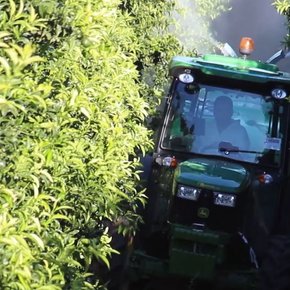
Helping farmers to reduce costs and protect biodiversity
At the center of this use case’s solution is Pulverizadores Fede so called smartomizer H3O. A trailed air-blast sprayer supporting the protection of high-value crops such as citrus, fruit trees or vine and stone crops like cherry, apple, and almonds alike.
Show more
Via the cloud it is connected to a field management platform (Specialty Crops Platform, SCP), allowing direct connection of the smartomizer H3O on the fields with the back office of the farm. The SCP suggests the optimum treatment parameters related to the crops’ dimensions for a precise and efficient treatment. Through the application, the technician can easily configure work orders and send the desired parameters directly to the sprayer. To prevent potential failures, this intelligent equipment sends real-time warnings to the operator on the tractor in case any of the pre-configured treatments are not executed correctly. This pro-active solution thus reduces the drift significantly. Once the treatment is complete, all data are uploaded to the field management platform enabling further analysis. Monitoring every step of the spraying operation guarantees full traceability concerning the quantity, time and location a certain plant protection product was applied. It does not only help the farmer to comply with food security standards or organic labelling requirements but facilitates the compulsory documentation at farm level. For the consumer it means detailed insights on the produce in the supermarket shelves.
The agronomic management tool that Dr. Lars T. Berger, the Use Case Coordinator, and his team developed for the smartomizer H3O helps technicians or agronomists to remotely carry out maintenance procedures or configure spray treatments respectively. To continuously optimise the service the use case receives scientific support from the Polytechnic University of Catalonia (UPC). Furthermore, end-user feedback is integrated during development cycles to ensure the integration into existing processes and software solutions on testing sites. Thanks to that, the equipment also provides real-time warnings for the operators currently performing the treatment.
-22% up to 39%
Greenhouse gases
In high-value crops, crop quality is key, as it determines the price that can be achieved. In contrast to commodities like corn or grain which need a big surface area to provide a sustainable farming income, high value crops require less surface area to achieve that. However, apples and cherries damaged by pests, for instance, cannot be sold as fresh fruit anymore. They are more likely to be processed and end up in juice or jam. Obviously, this reduced food waste but for the farmer it means a significantly lower income. In addition, fruit can present phytotoxicity due to the application of wrong pesticides which means that it cannot be sold, entailing high losses for the farmers. The latest generation of smartomizer H3O sprayers has successfully been tested in different climatic conditions in Portugal, Hungary as well as Poland thanks to their distribution partners Samuel Salgado, Lakkos and Promodis. To accomplish this task, the co-coordinator of the project, Ekaterina Ukhandeeva, managed all the needed details in order to carry out the tests within the required technical and burocreatic standards. All high-value crop farmers in the aforementioned countries especially value the efficacy of the technology when it comes to keeping pests at bay. At the same time the amount of pesticides is reduced to a minimum which supports the farmer in protecting biodiversity and being economically sustainable.
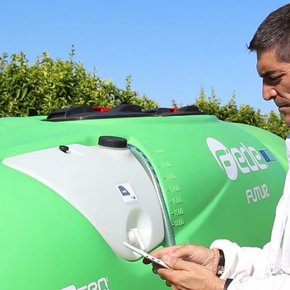
The importance of end-user training
Even though the benefits of the solution are evident, the effects could potentially be even more significant. Over the course of the project, the researchers discovered that the challenge they had to face was less of a technological nature but rather of a practical one.
Show more
Farmers and end-users worked hard and tirelessly to acquire the knowledge and best-practices for their specific field. As the saying goes “old habits die hard”, these internalised farming practices might not be the most efficient anymore now that IoT entered the playing field and enables the detailed analyses of every step. In the very beginning, the farmers on the testing sites relied on a combination of their best-practices and the recommendations of the agronomic management tool. Over the course of time, the successes achieved with the Smartomizer technology gradually convinced the end-users to rely on the recommendations and pre-configured treatments. Hence, besides the technological innovation it needs end-user training and trust to fully exploit the entire potential of the solution which offers the streamlining of practices while ultimately alleviating the decision-making pressure on the farmer.
-13% up to -26%
Plant protection products and spray volume
-14% up to -26%
Water savings
A welcome side effect of successful implementations at test farms in various countries is the increased visibility. Revolutionising the agricultural sector can only happen if the farmers and end-users, who are the crucial element, are aware of certain solutions and get the necessary support to adopt it. And convincing the end-user necessitates the technology to prove its benefits, reliability and sustainability repeatedly regardless of the circumstances or climatic conditions it operates in. Did we mention user-friendliness and interoperability yet? Unsurprisingly, two crucial factors for every end-user’s decision-making and thus something the team kept in mind over the course of the project. Now, the farm management system is available in several languages and offers data exchange capabilities with other systems due to the standardisation of connection processes. This facilitates the adoption as all data is centralised in one centralised platform and prevents any proprietary lock-in of the user. The team initiated a first application programming interface (API) data exchange with the most prominent farm management software providers, and therewith paved the way for all major and small agricultural machinery manufacturers.

Get in touch with the use case team via the SmartAgriHubs Innovation Portal
Go to portalAchievements, products & services
Highly efficient, effective and environmentally friendly crops protection in cherry, apple and almond production
Assistance in documentation tasks related to adherence to farm certification schemes like GLOBALG.A.P.
Increased sustainability and profitability of food production
Monitoring of operations and instant information on treatment quality
Traceability to improve the food security standards
Cost monitoring to increase business revenue



